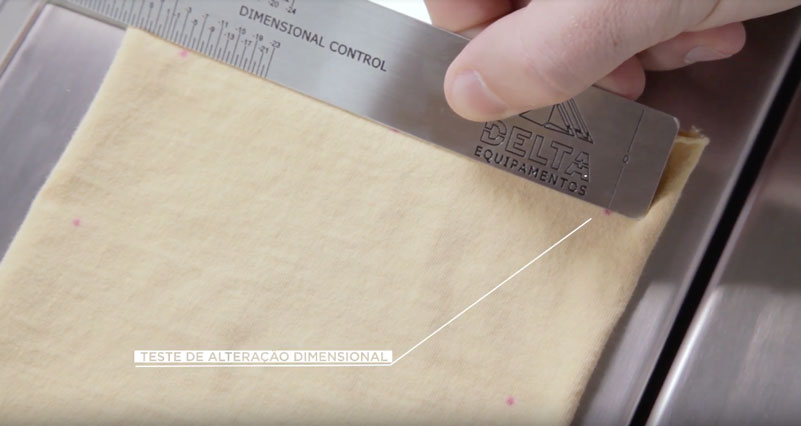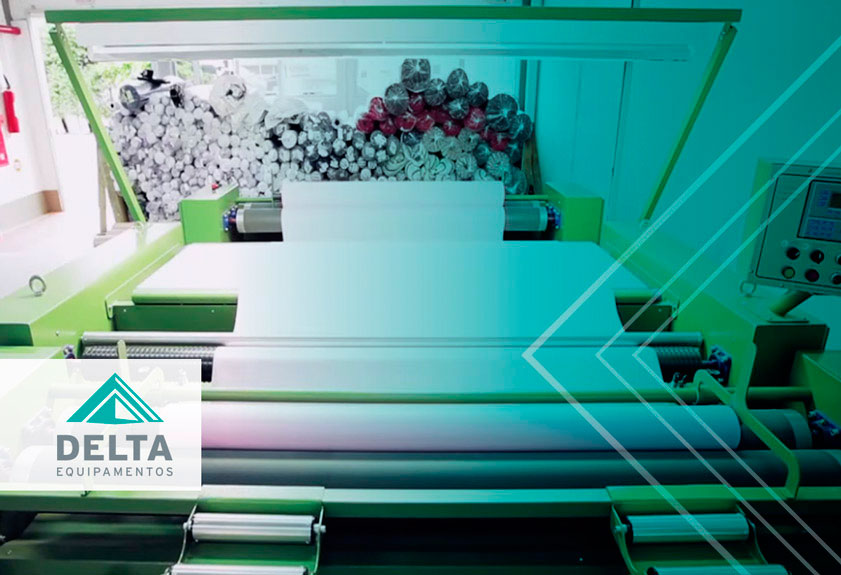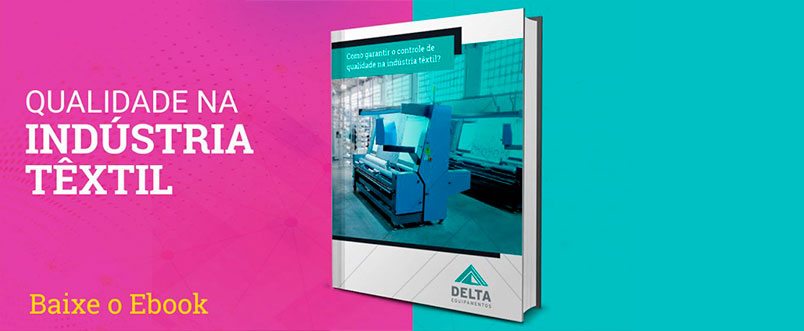Textile productivity involves maintaining quality control from the beginning to the end of the production process, which undoubtedly is one of the major challenges for clothing manufacturers. This type of management approach is a significant competitive advantage.
Therefore, developing final products with consistent quality standards can mean success for a company’s business.
However, it’s not straightforward to determine standardization and quality methods combined with textile productivity.
In addition to different procedures for each finishing, quality control requires a lot of process coordination and dedication from the company’s employees.
One of the barriers to overcome is maintaining a clothing manufacturer with textile productivity of quality even during periods with very large orders and tight deadlines.
So, this article presents some guidelines to help overcome some obstacles.
Creation of standards for clothing manufacturers
Quality control at each stage of the production process, as mentioned earlier, is what can ensure good results and increase textile productivity. Even during times with large orders in reduced time.
Through it, a clothing manufacturer can identify, for example, what is a non-conforming piece and a piece within the determined standard.
To do this, it is necessary to present very specific and clear quality criteria to all employees in each production department.

Guidelines can be presented in production manuals and figures, both for production collaborators and those responsible for the sector.
The parameters must also provide for tolerable margins of error, such as a deviation of up to 6 millimeters from a seam that should be 6 centimeters apart, for example.
Using automation technologies helps textile productivity
Having a qualified team is just one of the steps for the manufacturing company to achieve and preserve quality textile productivity.
Updating and automation are others. Advanced automation technologies are solutions that can no longer be left behind in the textile industries. At least, those that intend to optimize and improve processes, reduce costs and increase profits.

The advancement of innovations today provides assurance that machine operators will be able to maintain high consistency, understanding not only cutting but also modern machinery technology.
This modernization also brings innovations to other production sectors, such as sewing and the quality control of raw materials arriving in the textile industry.
Selecting the Best Raw Materials
Each collection should be designed considering its raw materials, as this will directly influence the quality of the final product.
It’s essential for pieces from the same line to maintain a standard finish and all achieve a certain level of excellence.
Ensuring consistency requires the clothing manufacturer to impose qualitative parameters on its suppliers, purchasing raw materials only from those who offer consistency.
In this aspect, it’s important to measure and monitor everything from the type of thread used in sewing to the quality of fabric rolls, including the batch.
For example, if a clothing manufacturer places an order for red-dyed fabric, variations in shade between rolls are possible.
This is because the production capacity of the machines is variable. So, each batch could represent 150 kilograms. Therefore, for every 150 kilograms, there would be a change in the shade of the color.
Whether this change is small or more significant, it’s important not to mix fabrics from different batches in the same piece to avoid quality deviations.
System for Testing Final Quality in Textile Productivity
After being made, it’s indispensable for the piece to go through inspection stages. It is at this phase of the production process that it will be assessed if they meet the quality standards expected by the clothing manufacturer.

he pieces that do not meet the standards need to be discarded. Only those that meet the quality standards will be folded, pressed, and packaged.
At this point, the importance of the textile industry having a good customized management software for the sector, such as ERPs specialized in clothing manufacturing, becomes apparent.
Through the evaluation of data provided by intelligent machines and efficient management programs, the clothing manufacturer can adjust processes.
This attention to detail can lead to the implementation of a new technique, adjustment of machinery, employee guidance, change of supplier, or acquisition of new equipment.
Transparent Communication with the Team
All changes and quality standardizations will be ineffective if management does not conduct communication with employees transparently and does not provide a good work environment.

Teams need to find open channels with managers and be informed of changes and decisions.
Employee involvement motivates and commits them, making it clear that they are part of the results. Whether they are positive or negative.
A pleasant work environment stimulates growth and innovation and increases productivity.
Therefore, managers of clothing manufacturers interested in optimizing textile productivity should always be alert to opportunities.
It is an essential stance to follow processes, listen to opinions, talk to customers and suppliers, and be attentive to industry news.
Did the tips for maintaining textile productivity with quality, even in times of high demand and tight deadlines, help? Then read our ebook on “How to Ensure Quality Control in the Textile Industry?”.



